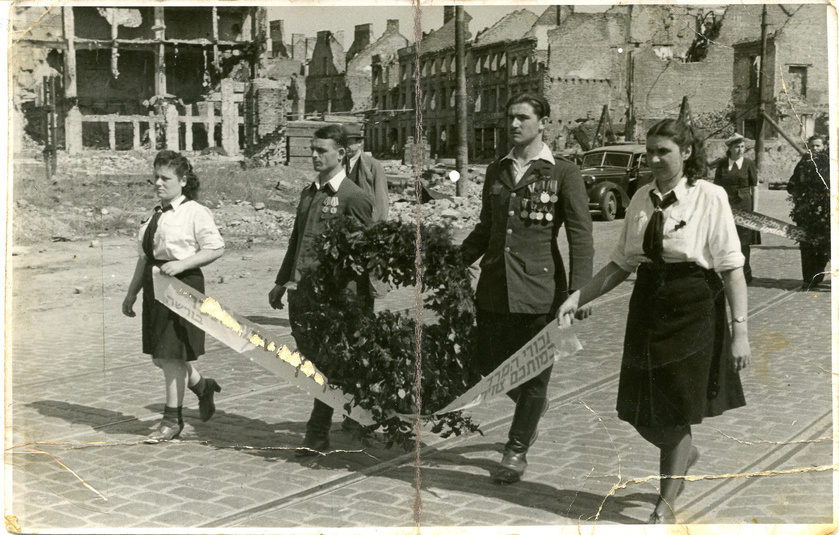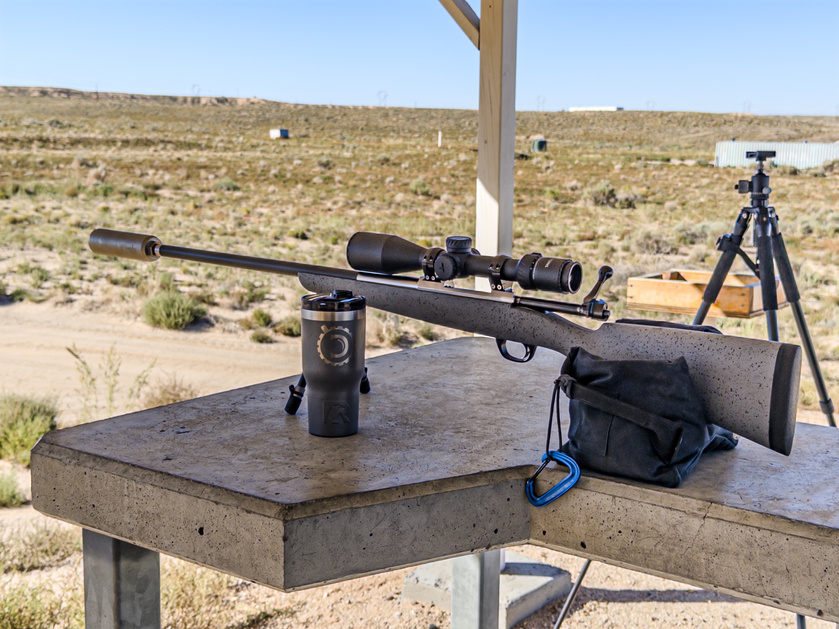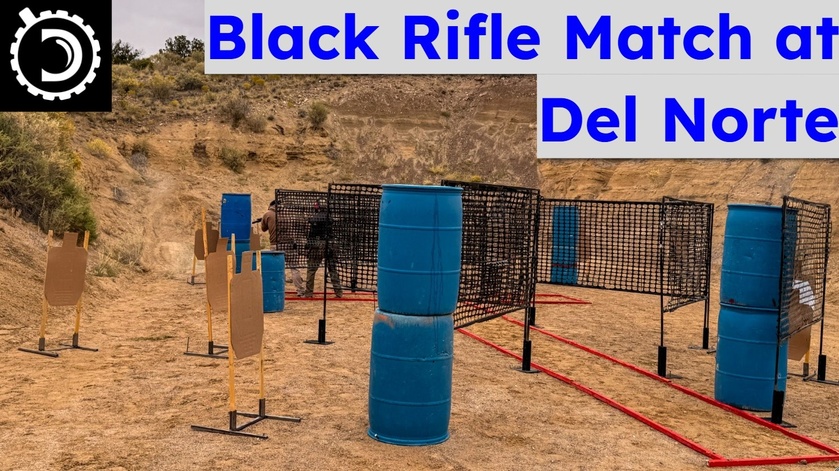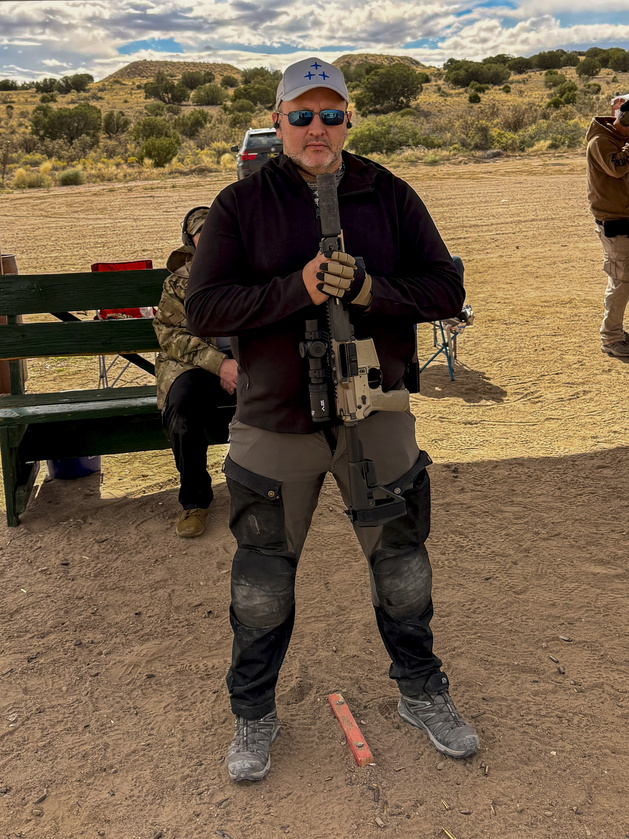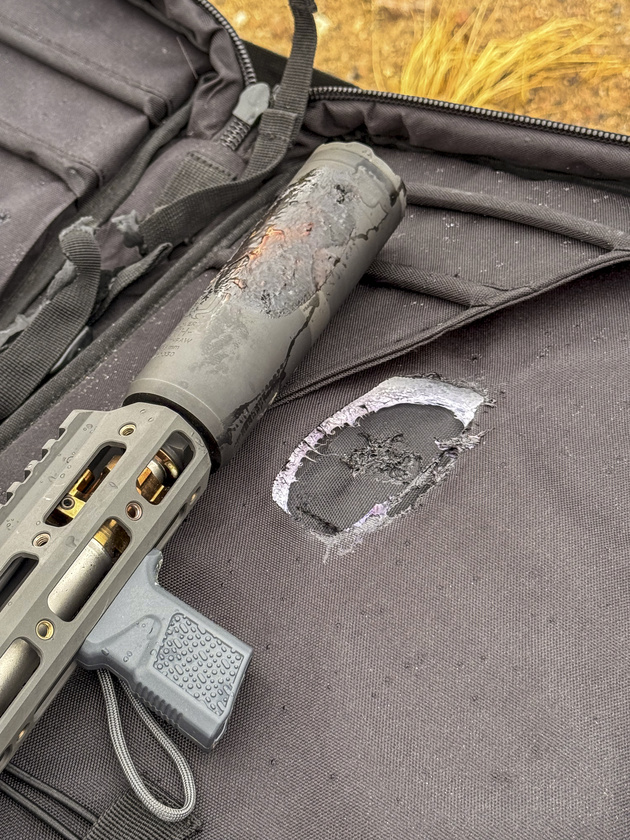Vortex Razor Gen3 6-36x56 Turrets
The full video review for this scope is coming shortly. I have now spent quite a lot of time with it and I have spent a SIGNIFICANT amount of time spinning the turrets on it. My Gen3 sits on a precision rimfire, so it gets used a lot and the turrets get spun a lot. I very briefly had it on a centerfire, but moved back onto my 22LR since that is a rifle I use the most. Think of it this way: it sits on a rifle I use the most. If you do not want to watch the whole upcoming video, the short version is that if I had around $3k to spend on a precision scope, this would likely be at the top of the list. It is an obvious step up from Gen2 in terms of optical quality and, to me, an obvious step up from Razor Gen2 in terms of turret quality.
This latter point seems to be somewhat contentious, so I want to address it. I have heard a couple of people say that Razor Gen3 turrets are not as good as Gen2 turrets. That is simply not true. The reason I am talking about this is that when the scope was released, a small, but noticeable and vocal, number of people started complaining about the turrets. Now, both Gen2 and Gen3 have good click feel. Both Gen2 and Gen3 have, conceptually, the same turret design. The engineering solution on how it is implemented is very different though and Gen3 is seriously better. The scope I have is from the very first batch. Sales are clearly brisk since I have a pretty good idea of their production volumes and you still have to wait when you order one. It also happens that I visit Vortex occasionally, but regularly. There are several reasons for my visits, most of which are outside the scope of this article. However, I make it a point to get my hands on a significant number of scopes while I am there to get an idea of how consistent the tactile feel of the turrets is. I also have a chance to see what kinds of problems people send their scopes with and things like that. The latter is obviously proprietary as is anything I might glean about their production volumes, actual return rates, etc. However, my impressions of the consistency of the turrets are my own to do with as I please. This time around, I made it a point to get my grubby hands on every 6-36x56 Razor Gen3 within my field of regard that was not boxed up. Given that this is written on the plane as I fly back home after three days at the Vortex facility, my rough estimate is that I was able to get my hands on somewhere around 80 scopes. Most were new production going through QD, several were fully built scope that did not pass their QC for optical reasons (mechanics were fine) and several were scopes that were sent back to Vortex by complaining customers (I will keep to myself whether there was anything wrong with the scopes themselves. I will say that I always thought that 80% of scope problems were user error or mounting error and I am beginning to think I am lowballing it).
As far as the commonly mentioned problems with Razor Gen3 6-36x turrets go, there were two new complaints and one old one. The two new complaints had some merit to them. The one old one is physically and mechanically impossible, so I figured I should start with that one.
The way Razor Gen2 and Gen3 L-Tec turrets are designed, there are essentially two parts: inner turret and outer turret. There is a good bit more complexity to it, but that is as much as we are going to break it down for the moment.
The inner turret is the part that makes contact with the erector tube and moves it to make a windage or elevation adjustment. That is what's responsible for the actual windage/elevation adjustment. For all practical purposes, you can think of it as a super precise threaded stem. It does not have any clicks to it, so a sub-click value zero adjustment is possible if the rifle and shooter are up to it. I do not always need that level of zeroing precision, but it has been occasionally handy. I also find it handy for switch barrel rifles. It is easy for me to set up the inner turret for easily switching between different zeros for different barrels.
The outer turret is what you actually come in contact with during regular operation, The click mechanism is in there and the outside knurling help improve purchase on the turret. The turret locking feature is also an integral part of the outer turret.
All of this is applicable to both Gen2 and Gen3 turrets. Now, I did not look into the exact way the clicks are implemented or the exact way the locking feature is implemented. That is somewhat less interesting to me than the way the outer and inner turrets are connected. With both turrets, they lock/unlock via a push/pull motion that is pretty common for most locking turret designs. I somewhat prefer the lever locking designs personally (with S&B DTII+ and March being my favourites), but they are executed pretty well on Razor scopes, so no real complaints there. With Gen2, the way the inner and outer turrets are coupled, there are three small hex screws that make contact with the inner turret when tightened. Those little screws need to be tightened rather firmly to make sure nothing slips. The contact area where those little screws are touching the inner turret is, predictably, very small. When in normal operating mode, those little screws make sure the inner turret rotates together with the outer turret when making and adjustments. One complaint that I have heard a few times over the years was that the Gen2 turrets track just fine when everything is tightened down. However, when zeroing, the adjustment of the inner turret (i.e. smooth clickless adjustment) is erratic and not repeatable. People take it very personally when you tell them that they are doing something wrong. Rather than get involved in even more flame wars, I figured I can stay out of that one. I did for quite a long time assuming this nonsense will just go away. Apparently, nothing ever goes away on the internet, since this physically impossible old wive's tale is still here. Let me re-iterate: the clicky part of the turret only moves the POA/POI when it is firmly coupled to the inner part of the turret. Cinching those set screws down simply sets it up so that the inner turret moves in one click increments. However, it is still the movement of the inner turret that does the POA adjustment. If it tracks correctly while cinched down, it also tracks correctly while de-coupled for zeroing. And vice versa. It is as simple as that.
With the Gen3 design, you still have the inner and outer turrets, but the method of coupling them together is completely different and quite a bit more clever. Rather than have those pointy set screws digging into the inner turret, there is a circular clamp that goes all the way around the inner turret. Conceptually, it very similar to a hose clamp. There is a single screw that tightens or loosens it. The big advantage of this approach is that the contact area between the clamp and the inner turret is huge, so it holds it extremely securely without any danger of the screws deforming or the engagement surface getting scratched up. It is all nicely protected from the elements and you only need to loosen or tighten one screw to switch between the normal operating mode and zeroing mode. Once again, it is impossible for this design to track when the clicks are engaged and not track when they are disengaged. And vice versa.
All in all, it is a rather clever turret design and one of my favourite turrets made today (the Gen3 version). Now, turret feel is in the eye of the beholder, so this is all personal preferences, but most quality manufacturers have really been stepping up in terms of turret design. Overall the best turret is still Tangent. The best locking turret is probably S&B's DTII+ with March 5-42x being not far behind. To me, the Gen 3 turrets are easily in the Top 5.
Let's move onto the Gen3 specific complaints that surfaced when the scope was introduced.
The first one is that the turrets are too easy to inadvertently lock down. The early version of the turret did not have a detent to keep the turret unlocked (popped up) relying on friction. If your normal way of doing things is to put your hand on top of the turret while dialing elevation, you could accidentally push it down into a locked state in the middle of dialing. That would be quite annoying. I do not seem to do that the way I normally use the turret (and my scope is an early one without the detent), but I was easily able to replicate that when experimenting. There were, apparently, enough complaints that Vortex quickly made a small design change to keep the turret open with a detent.
The other thing people were complaining about was the quality of the click feel. That was a little baffling since on my scope it is excellent, so I did some digging. Also, keeping in mind I just had my hands on a significant number of these for three days and click feel was really excellent across the board. I could identify that it was slightly worse on about one out of every eleven scopes or thereabouts, but unless you had those eleven scopes to directly compare side by side, you would never know there is a difference. They are really quite consistent. However, the first large batch of scopes they got from the OEM was not quite as consistent. The way this usually work during the development is, approximately, as follows: after a few varying levels of prototypes, there are engineering sample. Then there are a couple of smaller batches of production scopes (mine is one of the latter) that are used to make sure that the production line is up and running and making them to spec. Then, there is the first large production batch. In an ideal world, this large production batch will be as consistent and the earlier smaller production batch, but it wasn't. Also, keep in mind that by the standards of any other company, a large production batch for Vortex is absolutely ginormous. They produce significantly more scopes than anyone else and likely do so in larger batches. Anyway, this first large production batch had more turret feel variation than they anticipated. That has since been figured out.
I made it a point to get my hands on scopes from several different batches of scopes while at Vortex. In terms of feel, there wan't a single scope there that I would be motivated to send back. They were not cherry picked. No one in his right mind is going to cherry pick 80 scopes in anticipation of my visit. Also, to be honest, they know I keep my mouth shut when it comes to stuff that should not be disclosed, so they leave me be to do my thing most of the time. They were not following me around making sure I only get my hands onto the "approved" scopes, so I am pretty confident that I got a really good cross section of random turrets to try. I also made it a point to get my hands on a few HD-LHT turrets and to see all sorts of interesting stuff that I can not talk about. Some I can, but that's a story for another day.
{pictures to be added later}
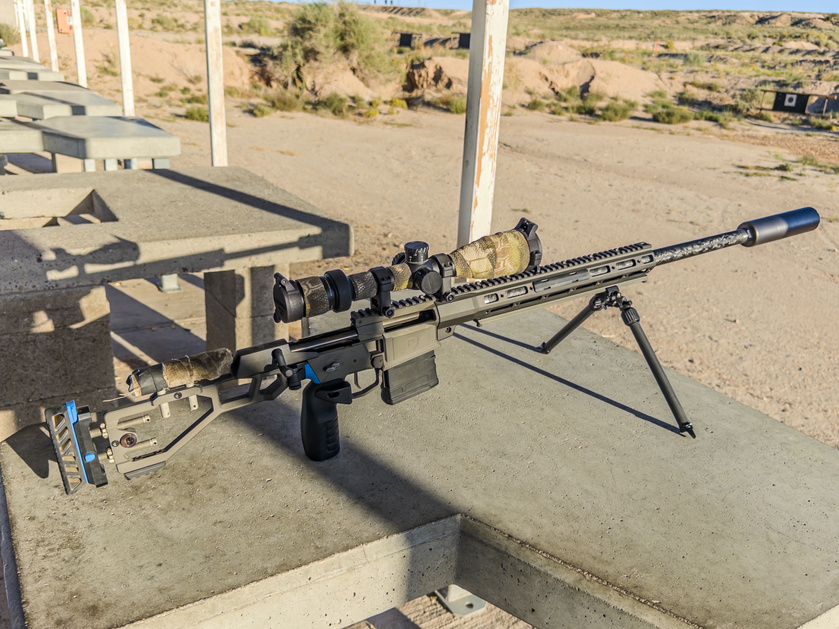
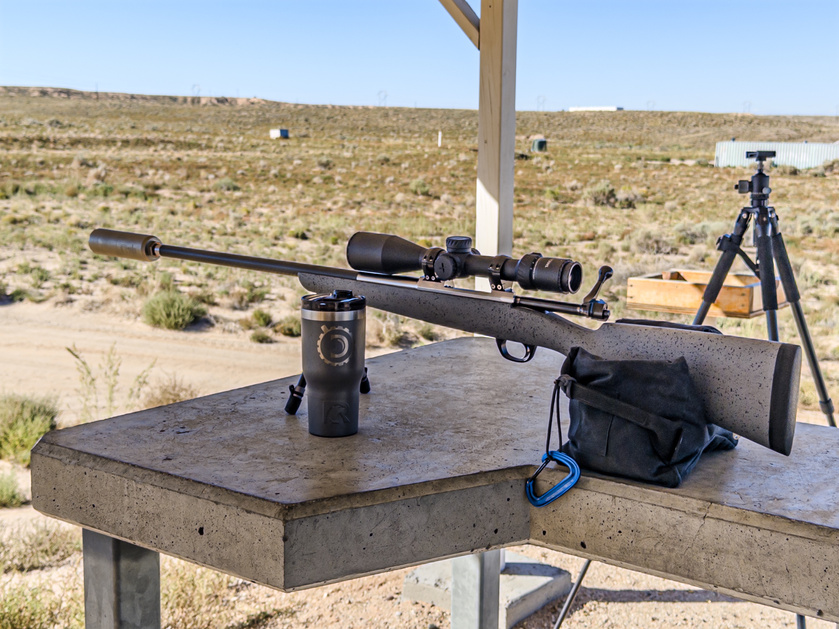

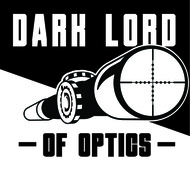


.svg)
